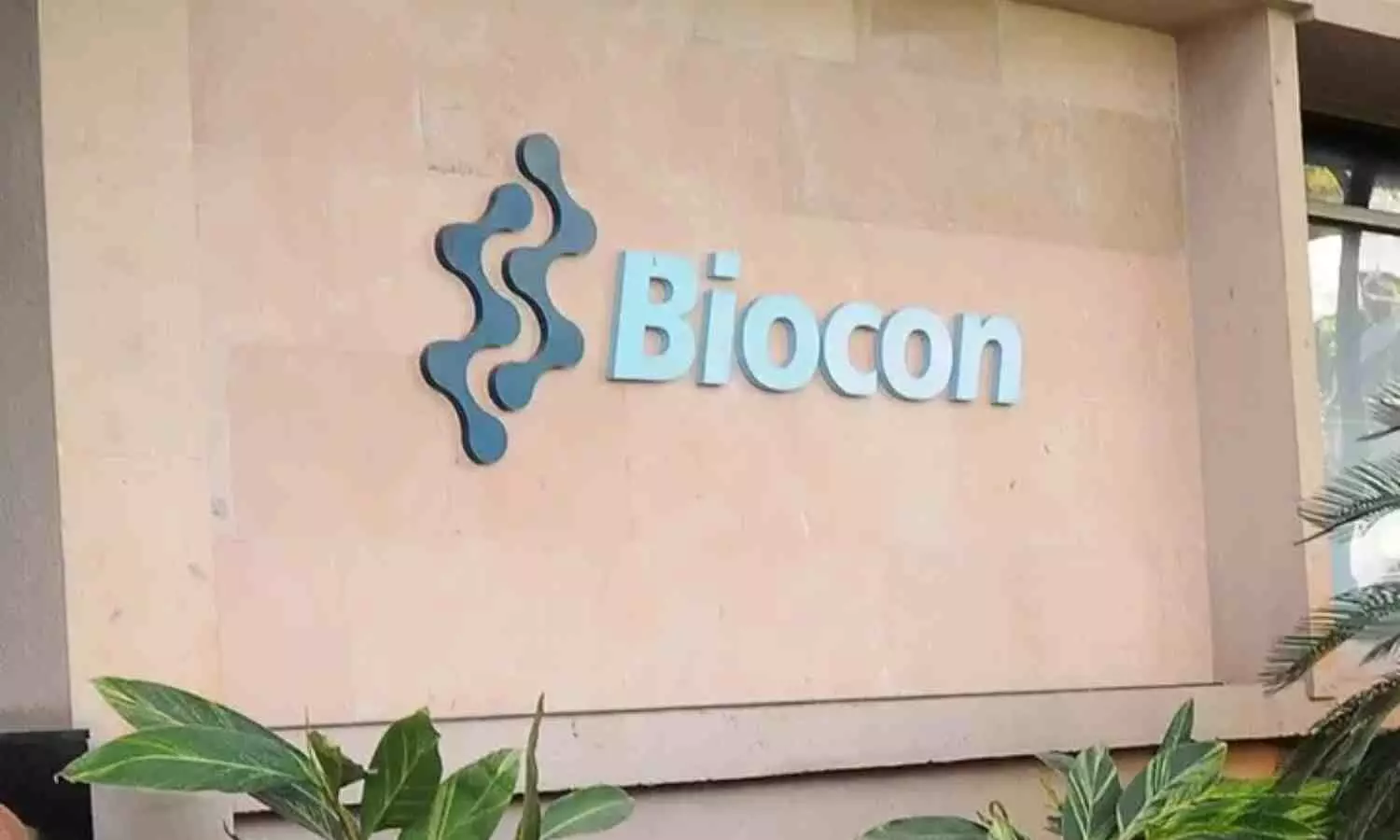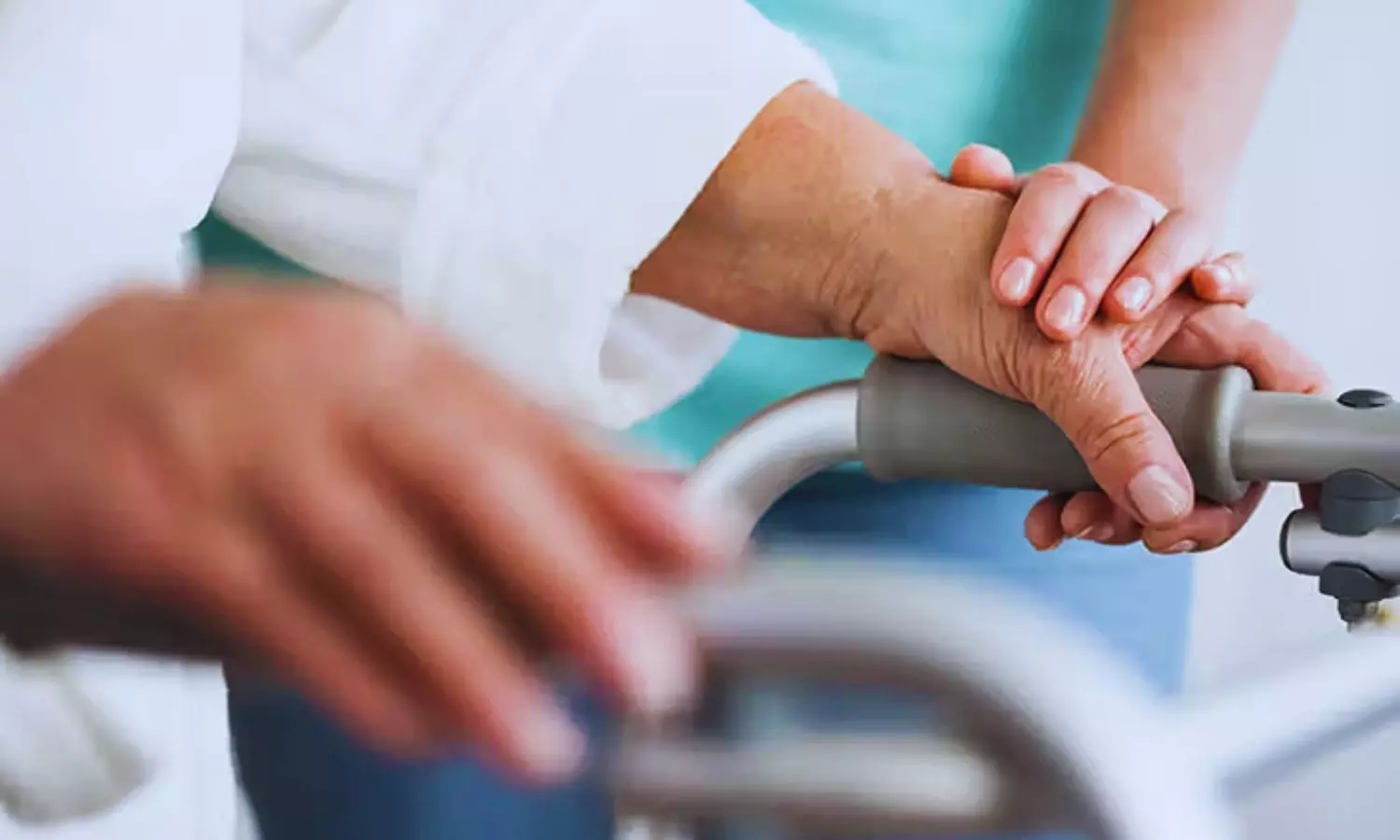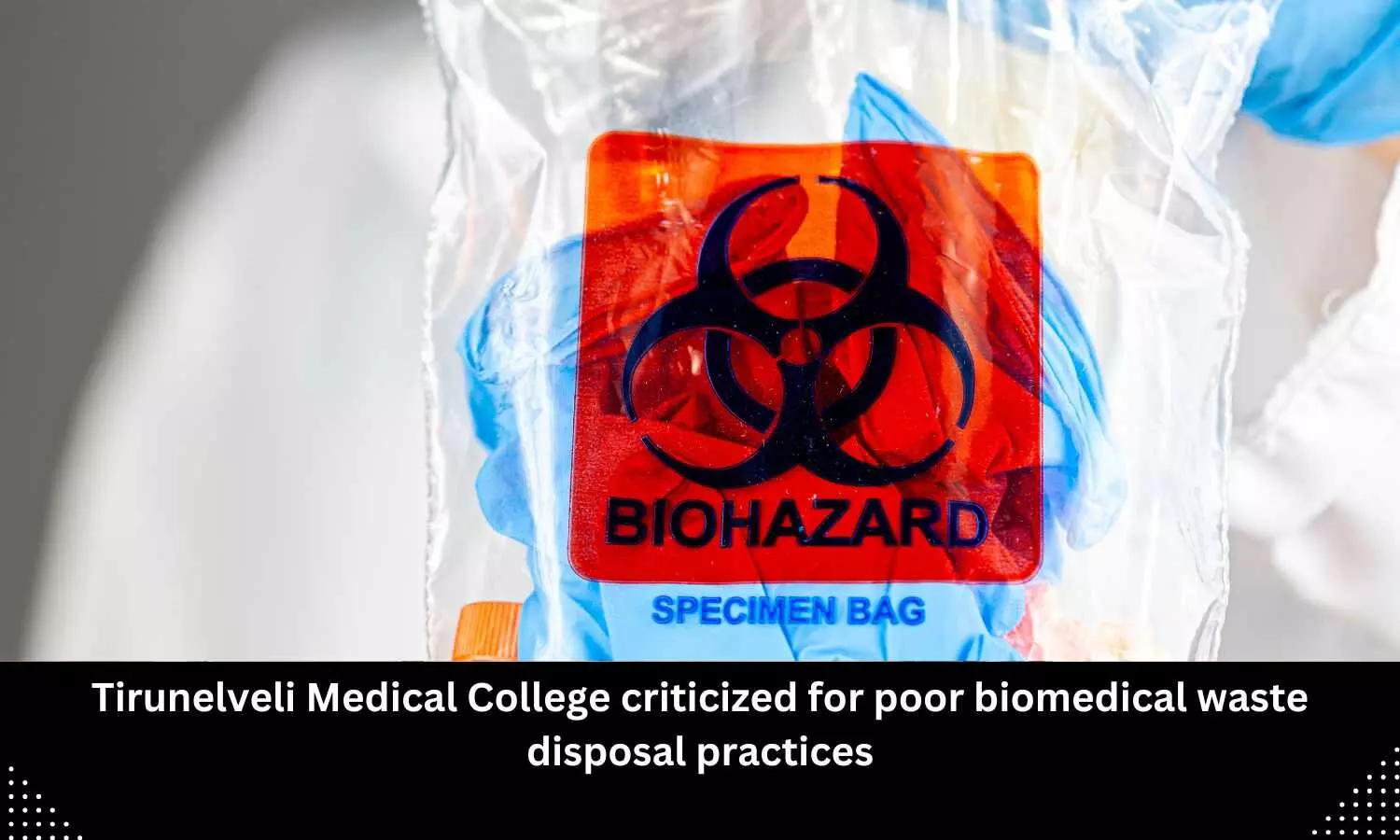
New Delhi: The Delhi High Court recently upheld the National Human Rights Commission‘s (NHRC) order directing the Delhi Police Commissioner to pay Rs 50,000 compensation to a senior doctor for not registering an FIR regarding a complaint involving instances of violence against him.
Earlier, the NHRC on 27.09.2023 had recommended that the Commissioner release Rs 50,000 compensation to the doctor. Following this, the order was challenged by the Police Commissioner before the Delhi High Court.
However, while considering the matter recently, the HC bench comprising Justice Sachin Datta noted that instead of complying with the NHRC directions, the petitioner resorted to taking refuge behind an inquiry conducted after the NHRC passed the order “which again seeks to attribute the inaction of the petitioner/police authorities to the reluctance of the complainant to pursue any complaint pursuant to the incident on 24.11.2021. As noticed above, the same is wholly misconceived.”
“For all the above reasons, this Court finds no merit in the present petition; the same is accordingly dismissed. Pending application also stands disposed of,” ordered the Delhi High Court bench.
The issue goes back to 2021 when after receiving a call from the doctor’s clinic saying that certain miscreants had entered the area, the police had reached the clinic. After reaching the clinic, the investigating officer (IO) met with the doctor and questioned about the incident. The petitioner claimed that the doctor declined the medical examination and refrained from providing any written complaint. It was alleged that the staff members present at the location also refused to submit any written statement as a result of which the IO could not file an FIR.
On the next day, the doctor submitted a complaint to the NHRC, alleging that certain miscreants had illegally trespassed into his clinic and outraged the modesty of his female staff. He further argued that despite making a PCR call, the police officials/investigating officer failed to take action.
While the doctor claimed that the investigating officer failed to take action even though he had made a call, the Delhi Police Commissioner submitted that the doctor refused to provide any written complaint as a result of which the IO could not file an FIR.
After receiving the complaint, NHRC took cognizance of the issue and directed the Deputy Commissioner of Police (DCP), South District, Delhi, to submit an Action Taken Report (ATR) within four weeks. Thereafter, a report dated 10.01.2023 was submitted from the office of DCP, vigilance Delhi. Consequently, the NHRC also issued a show-cause notice to the doctor. Another show-cause notice was issued to the Police Commissioner asking the Commissioner to explain why NHRC should not be held liable to pay Rs 50,000 as compensation to the doctor for the non-registration of the FIR.
In its order, NHRC directed the Commissioner of Police to pay Rs 50,000 compensation to the doctor for non-registration of FIR. In its order, the NHRC observed that violence against medical practitioners is a serious matter and a cognizable offence under the Delhi Medicare Service Personnel and Medicare Service Institutions (Prevention of Violence and Damage to Property) Act, 2008.
“Police grossly failed to register an FIR because all the allegations of criminally trespass, outraging of modesty of female staff and criminal intimidation are Cognizable offences under IPC Moreover, violence against medical personnel is also a cognizable offence under The Delhi Medicare Service Personnel and Medicare Service Institutions (Prevention of Violence and Damage to Property) Act, 2008,” NHRC had mentioned in its order.
Further, the NHRC observed that the Commissioner’s justification stating that the petitioner did not want to file a complaint was cursory and it failed to inspire confidence.
The NHRC order was challenged by the Commissioner before the Delhi HC, which observed that the Commissioner’s reliance on the alleged statement of the doctor to the effect that the complainant was not desirous of pursuing the matter was misplaced.
To justify the inaction, the Commissioner had relief on an inquiry allegedly prepared in the aftermath of the visit at the complainant doctor’s address. As per the Commissioner, the inquiry report was placed before the NHRC. However, the NHRC disregarded it while passing the order, argued the Commissioner.
While considering the matter, the Court observed that such averment was misleading as NHRC’s order was passed after the alleged inquiry was conducted. The Court noted that the NHRC order provided detailed reasons as to why the petitioner’s contention that the complainant was not desirous of pursuing the matter did not inspire confidence.
“Instead of complying with the directions of the NHRC, the petitioner resorted to taking refuge behind an inquiry conducted after the impugned order was passed by the NHRC which again seeks to attribute the inaction of the petitioner/police authorities to the reluctance of the complainant to pursue any complaint pursuant to the incident on 24.11.2021. As noticed above, the same is wholly misconceived,” noted the HC bench.
Noting that the action of the officer to record the complainant’s statement regarding his complaint before the NHRC was an attempt to circumvent the consequences of the complaint, the HC bench observed,
“It is quite incongruous that the statement of the complainant, would be recorded by the very same officer against whom the complainant has lodged the complaint. There was no occasion for the very same officer to approach the complainant and question the complainant as to whether the latter was desirous of pursuing his complaint before the NHRC. The action of the concerned delinquent officer, to record the statement of the complainant/respondent no.2 with regard to the latter’s complaint in the NHRC, is nothing short of an attempt to obtain a self serving exculpatory statement to circumvent / avoid the consequences of the complaint submitted to the NHRC.”
Further taking note of the fact that the Commissioner sought a writ of certiorari, the HC bench relied on the Central Council For Research In Ayurvedic Sciences &Anr. v. Bikartan Das (2023), where the Apex court bench while exercising the jurisdiction under the write of certiorari, the High Court does not function as an appellate tribunal and thus cannot reassess the evidence.
The Court further observed, “First, when exercising this power, the High Court does not function as an appellate tribunal. This means it cannot reassess or re-evaluate the evidence upon which a tribunal/statutory authority has based its decision. The scope of judicial review in such cases is limited to examining the legality of the decision. Second, a writ of certiorari can only be issued if there is an error of law that is apparent on the face of the record. The writ is a high prerogative remedy and cannot be granted as a matter of right. The power conferred under Article 226 of the Constitution is discretionary, and the High Court has the flexibility to pass orders in the interest of justice, equity, and public good. While the law must be upheld, it should also be tempered with equity.”
Relying on the HC order in Kiran Singh vs. National Human Rights Commission & Ors (2025 LiveLaw (Del) 106), the Court observed, that “the petitioner is bound by the said directions of NHRC, unless the impugned order is set aside by the Court.”
To view the order, click on the link below:
https://medicaldialogues.in/pdf_upload/delhi-hc-upholds-nhrc-order-276480.pdf
Also Read: GMC Kozhikode 2017 Medical Negligence Case: Patient seeks Rs 1.9 crore compensation





